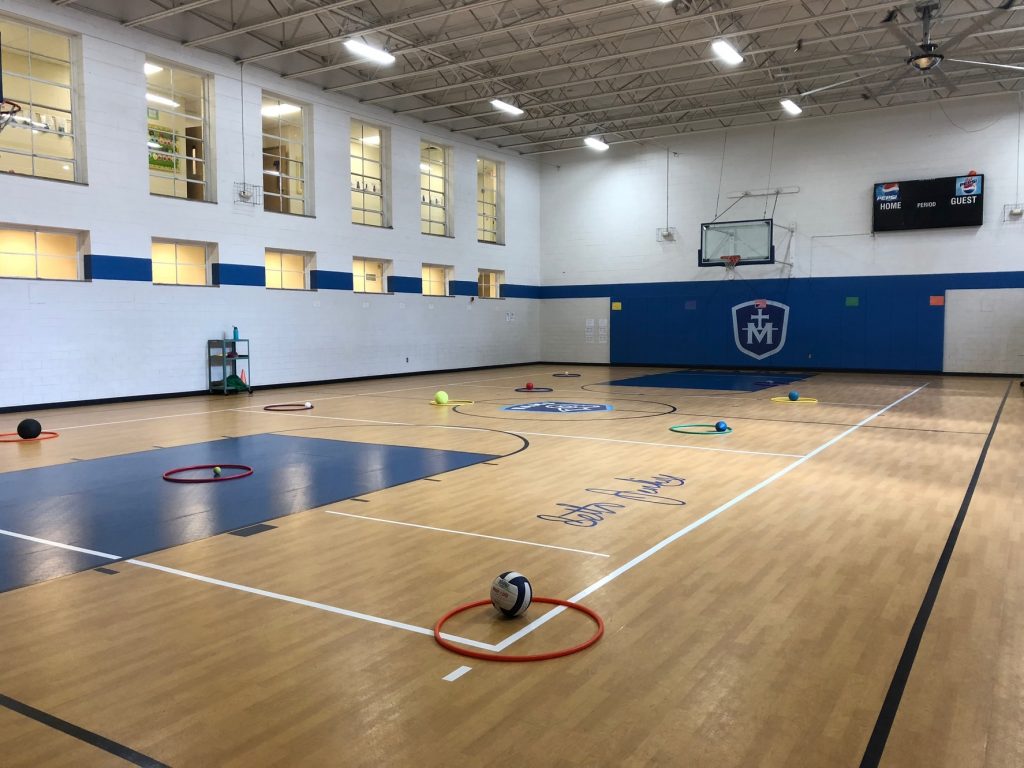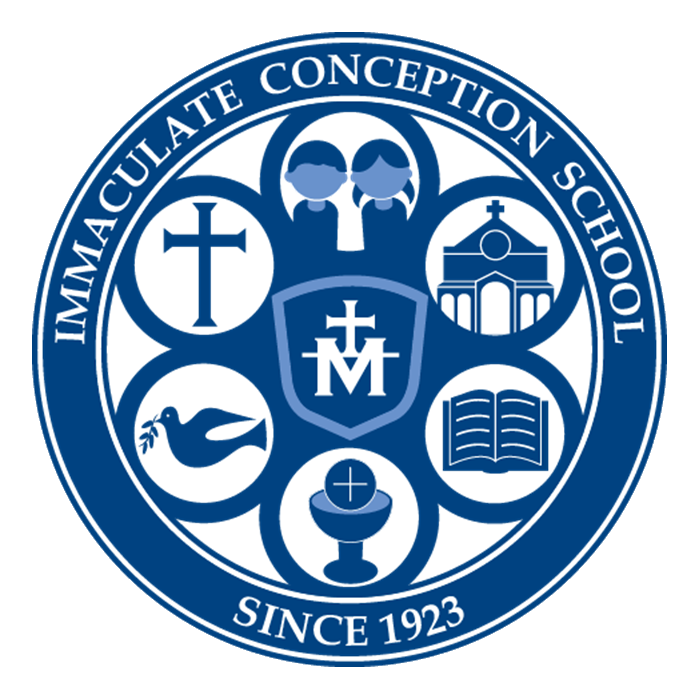
Physical Education
Our aim is to engage, inspire and evolve every child’s potential through an outstanding PE curriculum that meets individual needs, interests and expectations. In particular, we aim to develop confidence, physical competence and promote physical development in every child, enabling them to acquire the knowledge, skills and motivation necessary to equip them for a healthy lifestyle and lifelong participation in sport and physical activity.
A physically literate individual…
uses a variety of skills to participate in physical activities.
knows how to move and use strategies when they play games.
knows and practices the skills that help them maintain a healthy lifestyle.
acts fairly, responsibly, and respectfully when they participate in activities.
knows why it is important to be physically active.


